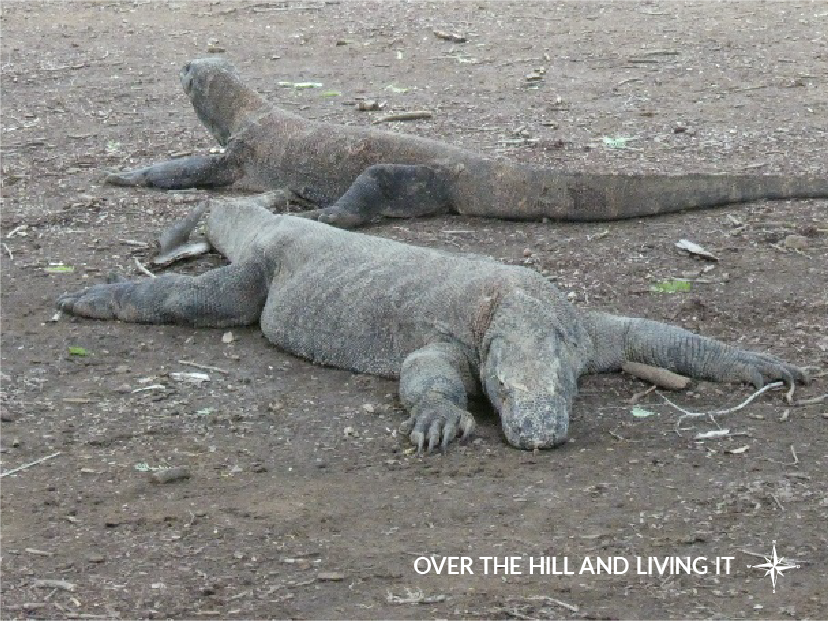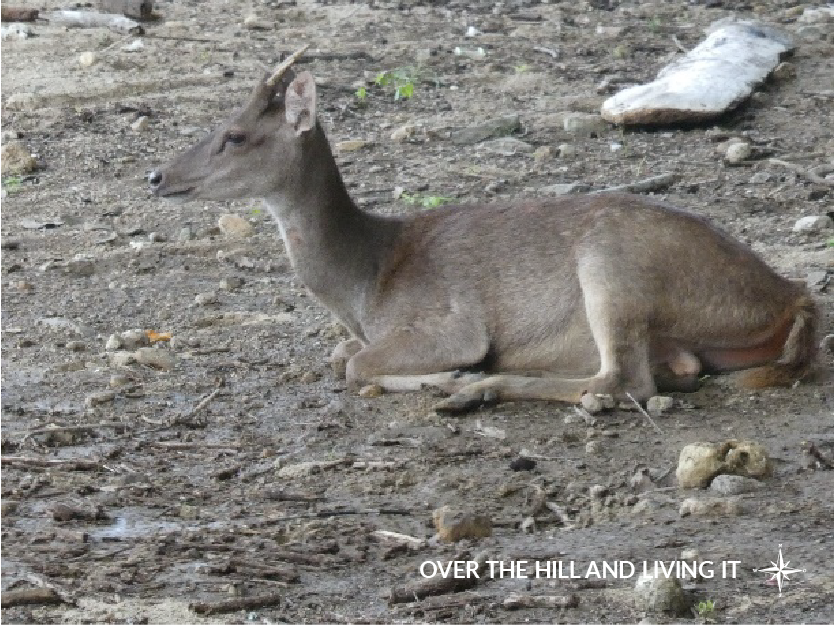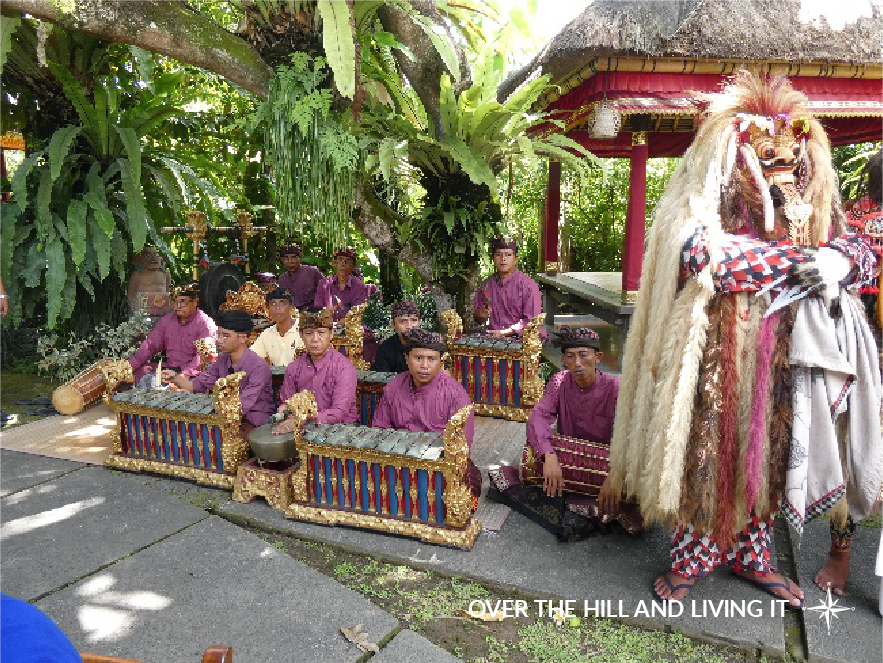February 10: Komodo Island, Indonesia
Komodo National Park includes three major islands, Komodo, Rinca and Padar, as well as numerous smaller islands. As well as being home to the Komodo Dragon, also know as the Komodo Monitor, or Ora (to Indonesians). In 1980, it was declared a World Heritage Site. The majority of the people in and around the Park are fishermem originally from Bima on the island of Sumbawa, and from Manggarai, South Flores, and South Sulawesi. Descendants of the original people of Komodo still live in Komodo, but their culture and language are slowly being integrated with the recent migrants. The dragons were huge but were passively lying around.



February 11 : Benoa (Bali) Indonesia
Bali, the famed island of the Gods, with its varied landscape of hills and mountains, rugged coastlines and sandy beaches, lush rice terraces and baren volcanic hillsides provide a picturesque backdrop to its colourful, spiritual and unique culture.
Bali is one of more that 17,000 islands in the Indonesian archipelago and is located just over 2 kilometres from the eastern tip of the island of Java. The best-known attractions are the countless Hindu temples. We rode a bus through the city seeing the sights –temples everywhere. We drove through rice terraces with workers in the fields. We saw a troop of monkeys on the roadside by a market in a small town. The cities appear quite poor with lots of trash along curbs and in waterways. Still every home has temples and shrines to their ancestors. Small dishes of foo are put out daily for the dead.
We made a stop at a lake for “tea”. It was too rushed to fully enjoy. The local people were polite, courteous and beautiful.


February 12 : Bali
We went to a cultural centre where we watched a show and had lunch of Balinese items. The food was interesting, cultural “play” was entertaining and the dancers were classically Balinese. We enjoyed the experience.


February 13 : Sea Day
February 14 : Semarang, Java, Indonesia
Semarang has many historic sites including crumbling fortress walls, colorful Chinese temples, lattice-fronted cottages and gleaming mosques. Chinese troops were there in 1405. An Arab mullah founded the original village in the late 15th century. In 1705 it became a Dutch trading outpost. It now is a busy modern city but with many displays of the colonial past.
We took a bus tour through the city and stopped at a cultural center for snacks and a dance show. Next we went to a “museum” which is in six old buildings that had been built by the Dutch when they were governing. We walked quickly though an art exhibit, into an old church (both Protestant and Catholic) and past a market. The history is interesting but the time on-site is too brief. We had dinner with Don Ostler, a speaker who shares his travels nightly in the theater when at sea.


February 15 : Crossing the Equator Ceremony
The earliest mention of a ceremony dates back to 1529 and, in times gone by, was a touch and challenging task for any new cadet who had not ‘crossed the line’ before. It was a way for sailors to be tested for their seaworthiness and endurance.
Roman Mythology places Neptune as the God of the Sea and so tradition dictates that homage and allegiance is promised to Neptune during the ceremony. High ranking members of the crew dress up in elaborate costumes and each play a part representing King Neptune’s court.


February 16 : Singapore, Singapore
Singapore is a unitary, multiparty, parliamentary republic with a system of unicameral parliamentary government. The nation’s cores principles are meritocracy, multiculturalism and secularism. It is a city of sky scrapers, gondola and river with boats. We went to a market, rode a tricycle (rickshaw), and took a boat ride around the city. It was a pleasant day, 79º with 77% humidity. We went to Raffles Hotel where we had a “Singapore Sling” drink which originated there.


Next Stop Thailand